History of the museum
The Resistance Museum was founded in 1984 and moved to its current location in 1999. In October 2013, the museum expanded and visitors can come and see a special museum for children: Resistance Museum Junior. Read more about our history below.
On 24 April 1984, the future board of a foundation whose aim was "the establishment and maintenance of a museum dedicated to resistance against National Socialism and Fascism” held its first meeting. At the time, there was no money, no premises and no collection. However, the time was right for a resistance museum. Just a year and a half later, the museum would open, thanks to the drive and fighting spirit of former resistance fighters. They were board members, volunteers and supporters. They were often newly retired and had a large network of political connections. Partly due to the rise of far-right political parties, they wanted to transfer their stories to the younger generation, and there was also great interest from schools for this.
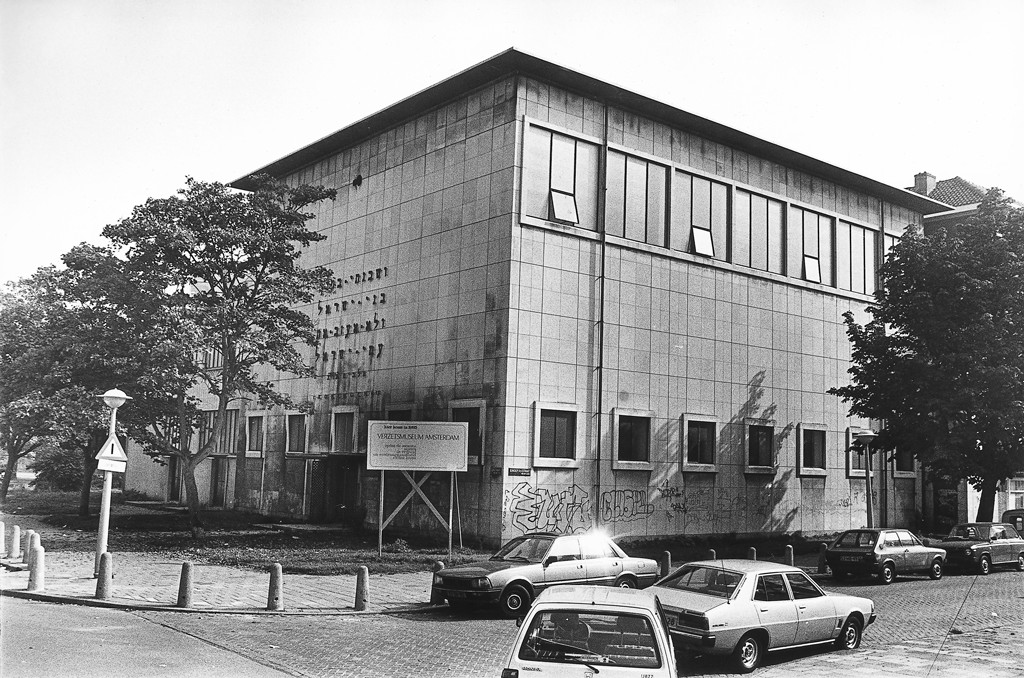
The Synagogue on Lekstraat
The museum quickly managed to raise money and find a building: the former synagogue on Lekstraat in Amsterdam-South. The municipality wanted to preserve the "New Objectivity" style building, because of its architectural value. On 6 September 1984, the Jewish Community agreed to rent the main building to the Resistance Museum. The municipality gave financial support. The Amsterdam 4 and 5 May Committee took care of a collection. On 19 November 1985, the museum was opened by Prince Bernhard, with two part-time permanent staff and hundreds of volunteers, mostly from the resistance.
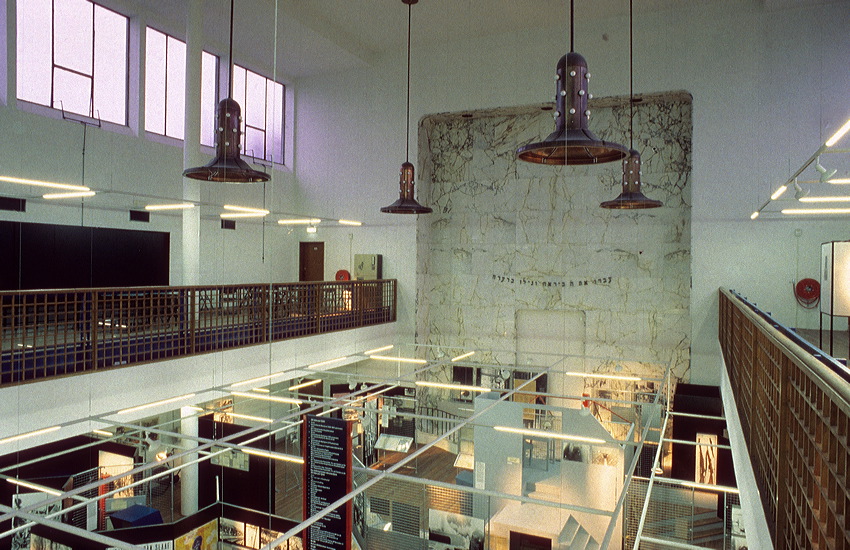
Interiors of the synagogue and permanent exhibition of the Resistance Museum After this flying start, the museum was visited by many school groups and foreign tourists also proved to be interested. In 1990, the museum received support from the state and two new paid staff could be employed. However, the building and location proved unsuitable for growth. There was virtually no office space, no room for the growing collection and the Dutch culture enthusiasts were reluctant to visit the relatively small museum in an inconspicuous backstreet far from the city centre. The number of visitors stuck at an average of 15,000 a year. The museum started looking for another location.
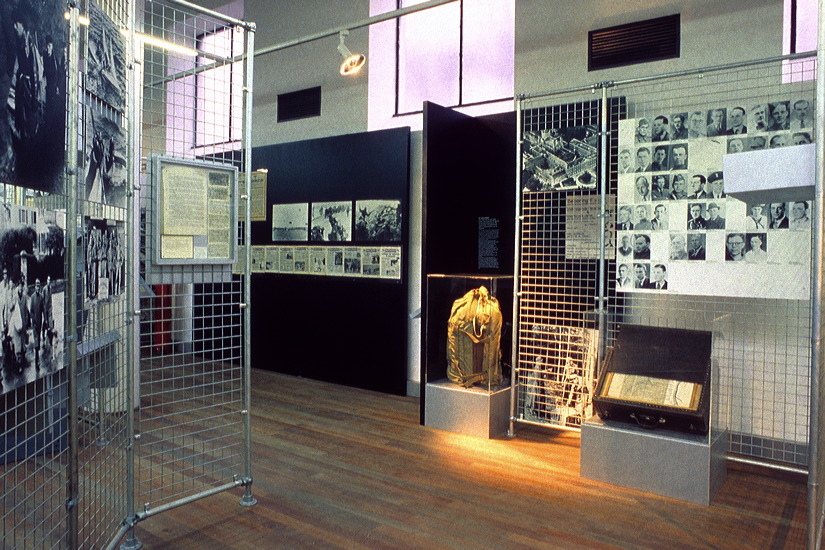
The permanent exhibition at the Lekstraat synagogue The board and staff still possessed fighting spirit. Millions were raised, which were used to purchase the ground floor and part of the first floor of the Plancius Building in Amsterdam's Plantage neighbourhood in 1997. This dilapidated building was rebuilt and on 29 April 1999 the museum was opened with a totally renovated permanent exhibition and all kinds of new facilities, again by Prince Bernhard. From here things went well for the museum. Within five years, the number of visitors grew to 50,000 a year. The Historisch Nieuwsblad proclaimed the museum the best Historical Museum in the Netherlands in 2002.

Interior and exterior of Plancius building shortly before conversion into a Resistance Museum In 2005, the museum expanded to include a section about the Dutch Colonies, focusing on the Dutch East Indies. It also featured Indonesians' resistance to the Netherlands. This was very innovative at the time. Members of the Dutch East Indies community also recognized their stories and were enthusiastic.
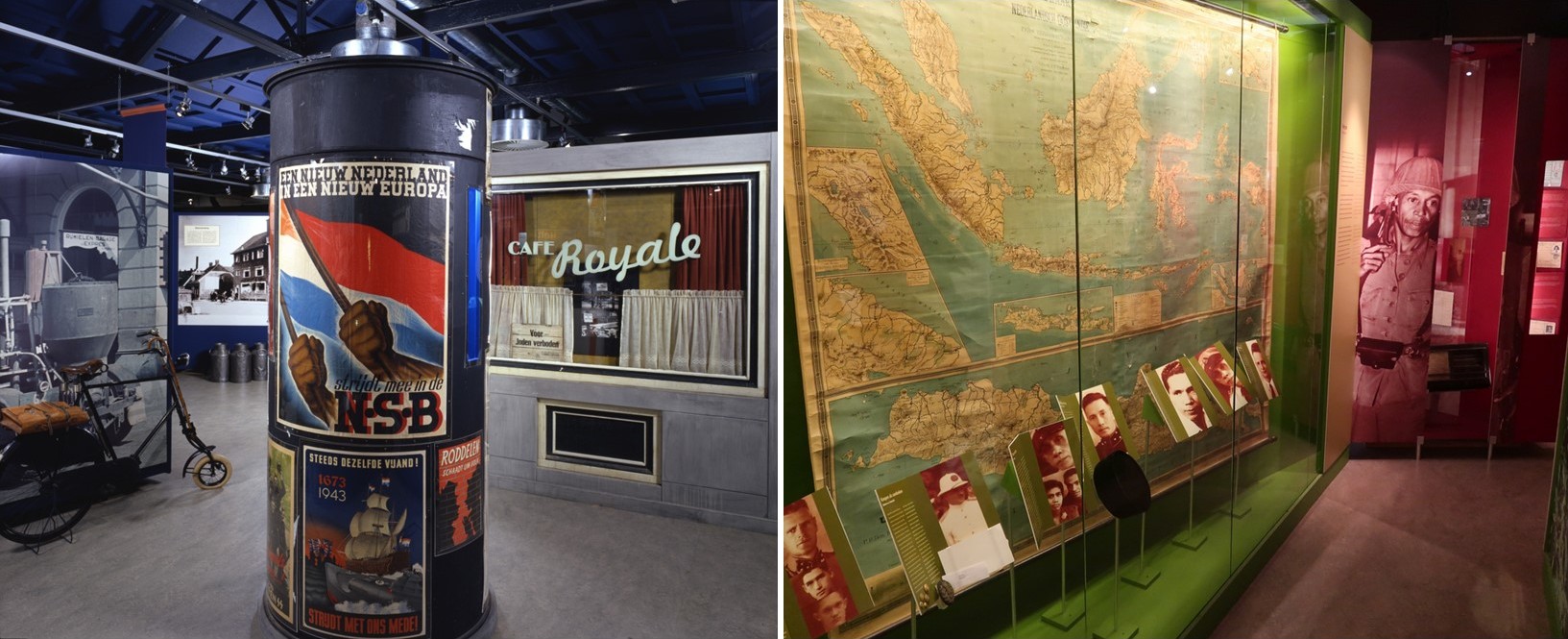
Impression of the permanent exhibition at Plancius. Dutch East Indies on the right The museum continued to grow continuously. Partly thanks to increasing admission revenues, the museum was able to continue professionalizing. However, volunteers remained of great importance to the museum, even when the generation of those directly involved in the war fell away.
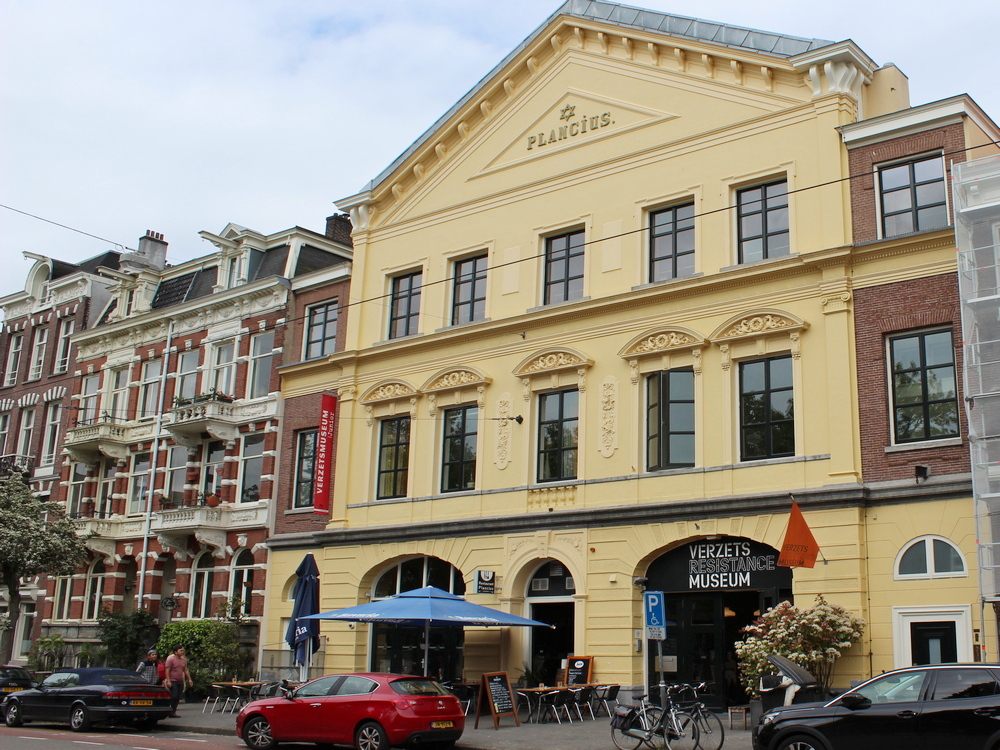
The Plancius-Building with the entrance to the Resistance Museum on the right and restaurant Plancius on the left Schoolchildren were an important target group of the museum from its inception. As the permanent exhibition did not offer enough space to meet school demand, the museum also started organising temporary exhibitions for children. These were so successful with schools and families that the idea arose to expand the museum with a permanent children's section.
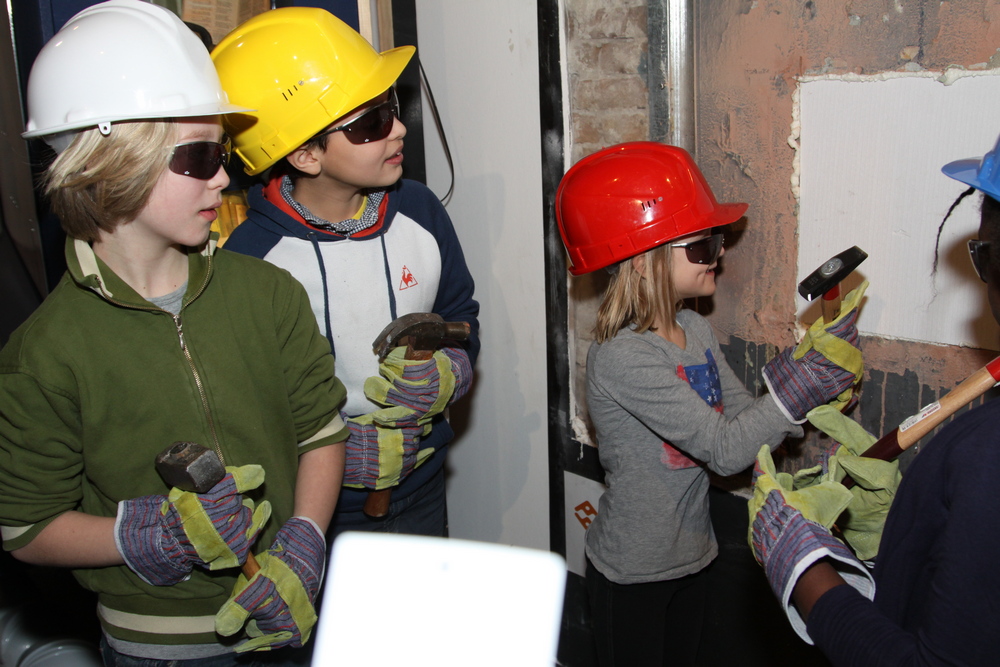
To kick off the construction of Resistance Museum Junior, children punch a hole to the adjacent building This became a reality when the museum had the opportunity to buy the back part of a garage in the Doklaan plantation around the corner, adjacent to the permanent exhibition. It took seven years to raise the necessary funds and obtain the permits. In particular, the plan to add a floor for the much-needed expansion of the office and reception areas was a big hurdle.
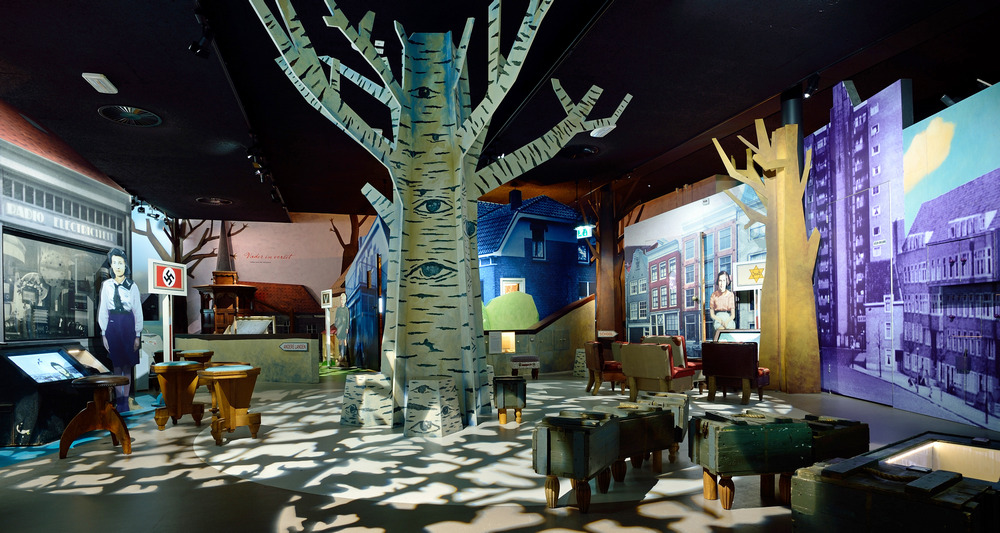
Resistance Museum Junior
In October 2013, Resistance Museum Junior was able to open. This innovative exhibition, about four real-life children in wartime, was immediately popular. It won several museum award and ensured further visitor growth. In 2015, the mark of 100,000 visitors was passed. In 2018, the museum developed an equally successful travelling version of the successful children's museum: Resistance Museum Junior on Wheels.
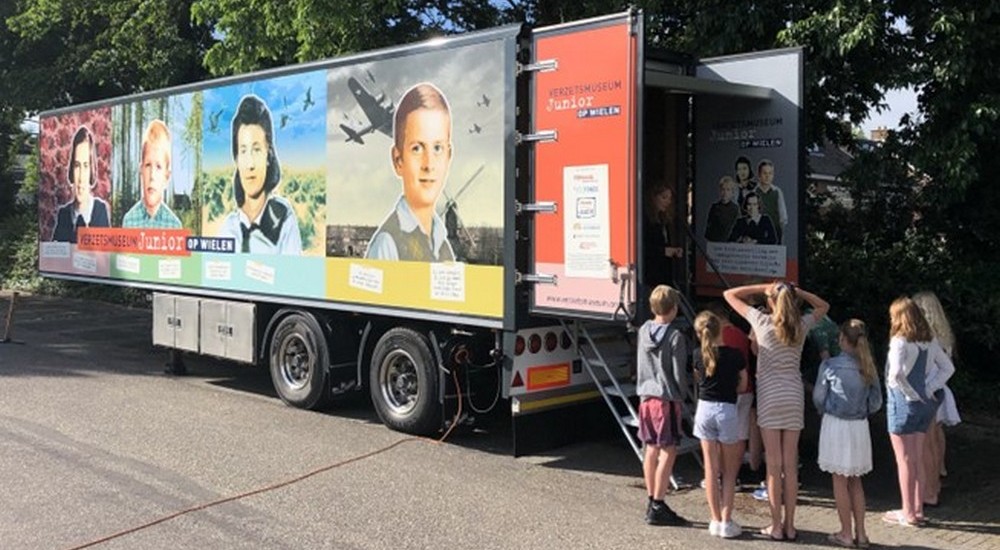
A group of children visit Resistance Museum Junior on wheels With a brand-new Junior Museum, it became clear that the still highly valued permanent exhibition from 1999 was also in need of a renewal. The museum made attempts to expand the museum space again, by buying surrounding property or constructing a new underground floor. Partly due to the corona crisis, the plans ran aground. It was decided to create more space for the new permanent exhibition after all and to move the section about the colonies to a separate part of the temporary exhibition space.
The Dutch Resistance Museum reopened on 1st December 2022 and visitor can come and see the new permanent exhibition.
The Plancius Building dates from 1876. The initiative to build the building came from the Jewish choral society “Oefening Baart Kunst”. The building had different functions during the course of its history. It served as a music temple, as a hall center and as a garage for almost eighty years. Since 1999, it has housed the Resistance Museum. It also houses, since 1st January 2000 a café-restaurant. Upstairs are some flats.
Facade
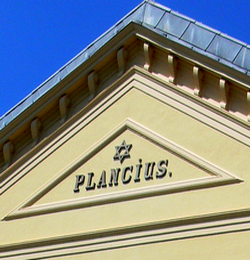 Plancius' facade, with the Star of David on the top, recalls the days when Amsterdam was still largely a Jewish city. Building Plancius was close to the old Jewish neighbourhood, a ten-minute walk away. (The legendary neighbourhood, the “Jodenhoek”, was disappearing even before the arrival of the Nazis.)
Plancius' facade, with the Star of David on the top, recalls the days when Amsterdam was still largely a Jewish city. Building Plancius was close to the old Jewish neighbourhood, a ten-minute walk away. (The legendary neighbourhood, the “Jodenhoek”, was disappearing even before the arrival of the Nazis.)From 1916, numerous slum dwellings were demolished here by order of the municipality. Two-thirds of the Jewish residents moved to other, new parts of the city, such as the Transvaal neighbourhood and the Rivierenbuurt, during these redevelopments.
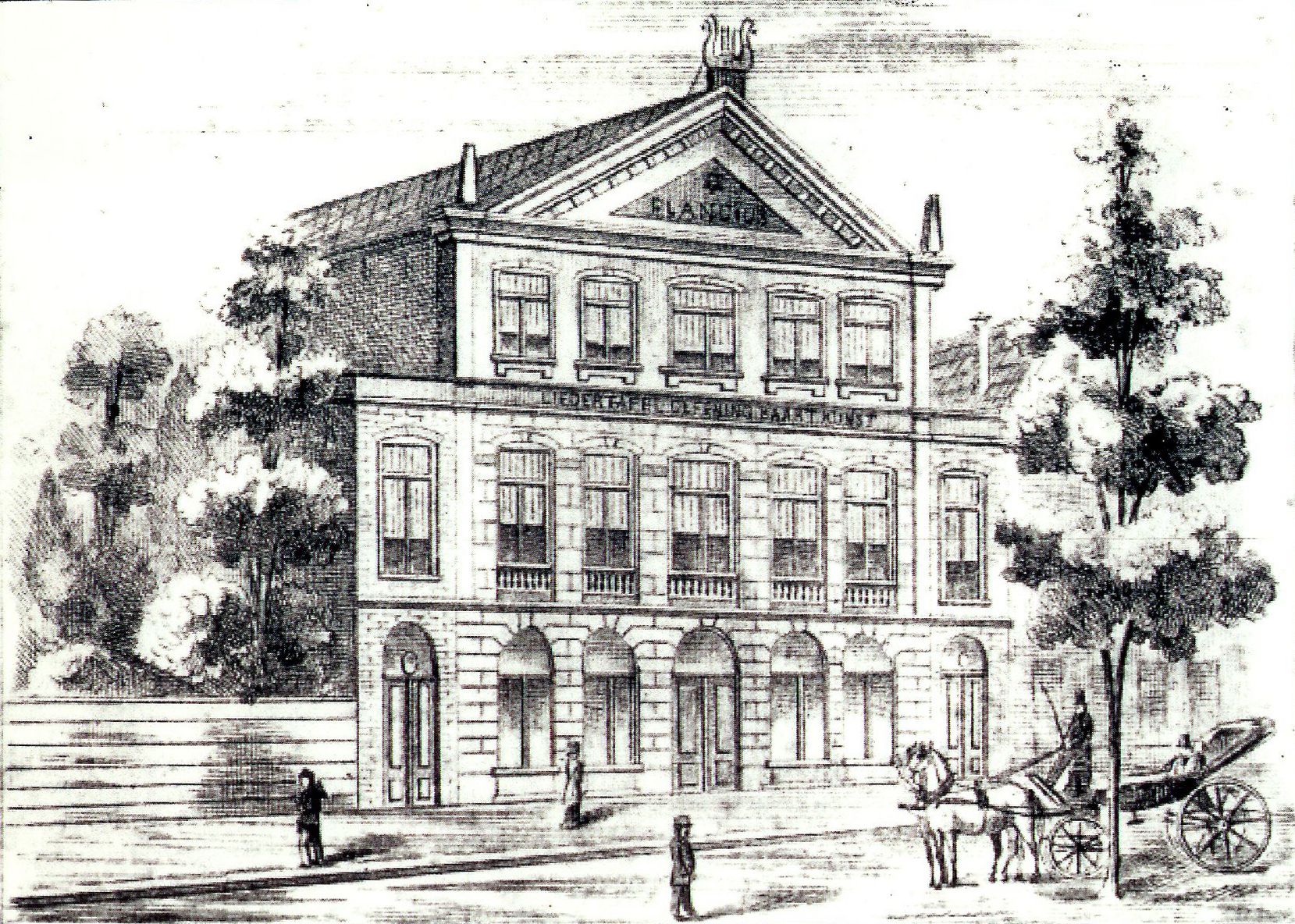
The Plancius Building in de 19th century Petrus Plancius (Pieter Platevoet)
The building was built between 1874 and 1876 to a design by N. Vos. With the name Plancius, the board of Oefening Baart Kunst wanted to do justice to tradition. To make way for the new building, an old house bearing the name Plancius had to be demolished. Petrus Plancius (1550-1622) lived in Amsterdam and was a minister and geographer there; a learned adviser on voyages of discovery and whaling. Born in Dranouter (Flanders), he was one of the many Flemish and Brabant Calvinist refugees who fled north in the 1680s. He was a preacher and a follower of Gomarus (also a Fleming). See also: www.joodsamsterdam.nl
Choir members met at Plancius for rehearsals and performances, as well as for pleasant diversions. As a society, it was given added appeal in 1881 by a beautiful annex, the Winter Garden, a space midway between a café and a palm greenhouse. A renovation by architect Dolf van Gendt followed in 1883.
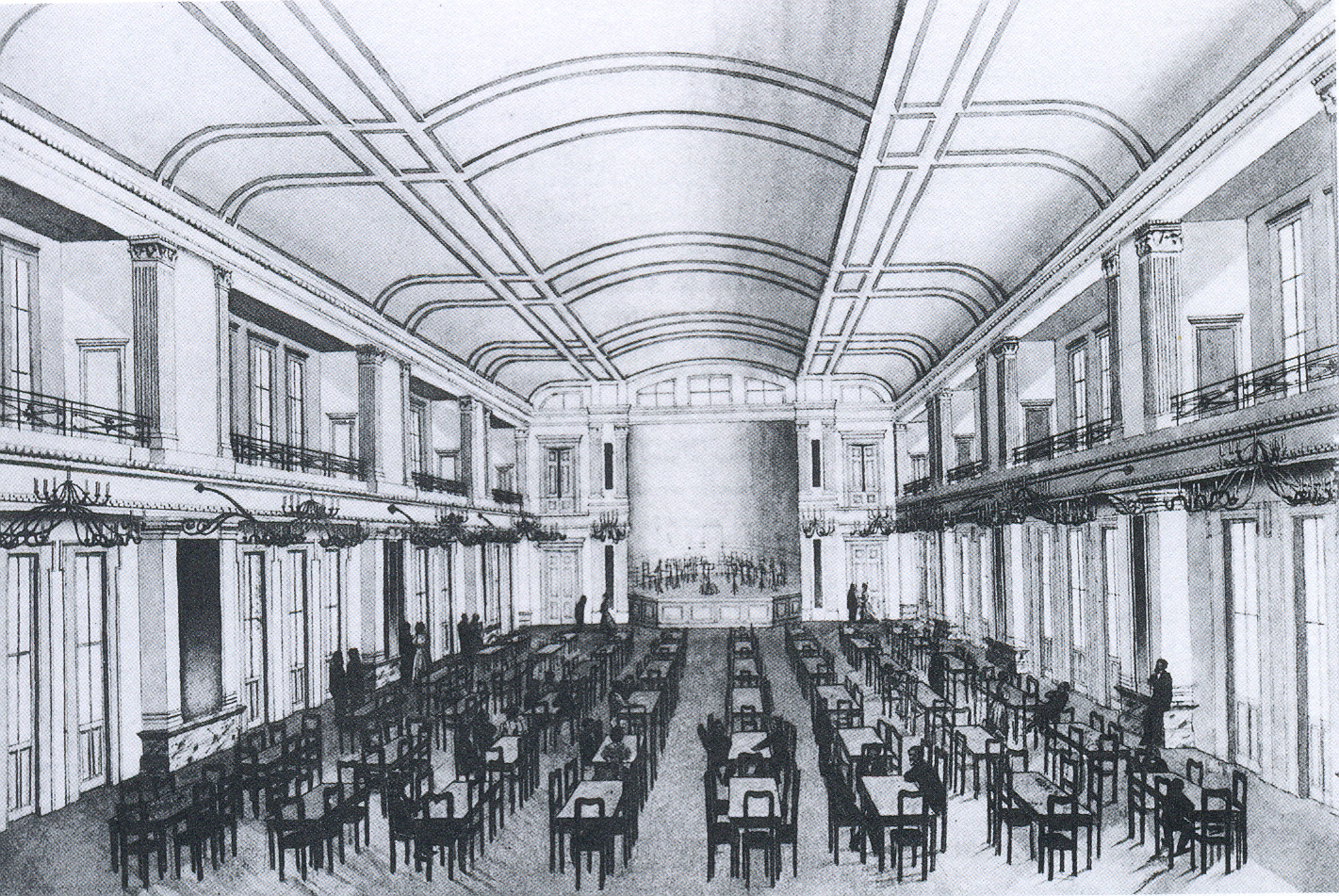
The former Park Hall of building Plancius Building Plancius soon became a popular venue for concerts, theatre performances, parties and celebrations. There were synagogue services on Jewish holidays. Many political meetings also took place there. For the socialists, with their supporters from the Jewish neighborhood, Plancius became a regular meeting address. At the debates, things could get heated. One speaker admired by many was Henri Polak, leader of the ANDB, the Algemene Nederlandse Diamantbewerkers Bond.
Taxi Company
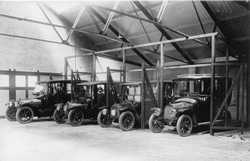
Around 1900, the history of Plancius changed. In 1913, the building was sold to the Jewish Jacques Pimentel, brother of Henriette Pimentel, famous for rescuing Jewish children from the crèche opposite the Hollandsche Schouwburg during World War II. In 1914, Pimentel had the building converted into a highly modern taxi company at that time. The extensions behind the original building, now in use for the museum's permanent exhibition, date from that time. Partly due to the effects of World War I, the company went bankrupt, and the taxi garage passed into the hands of the Amsterdamse Rijtuigen Maatschappij (ARM) in 1919. During the German occupation, the ARM again ran horses, carriages and wagons due to a lack of petrol; thus, Plancius became a horse stable for a short time. In 1944-1945, a number of German vehicles moved in. The guards were given their own little room.
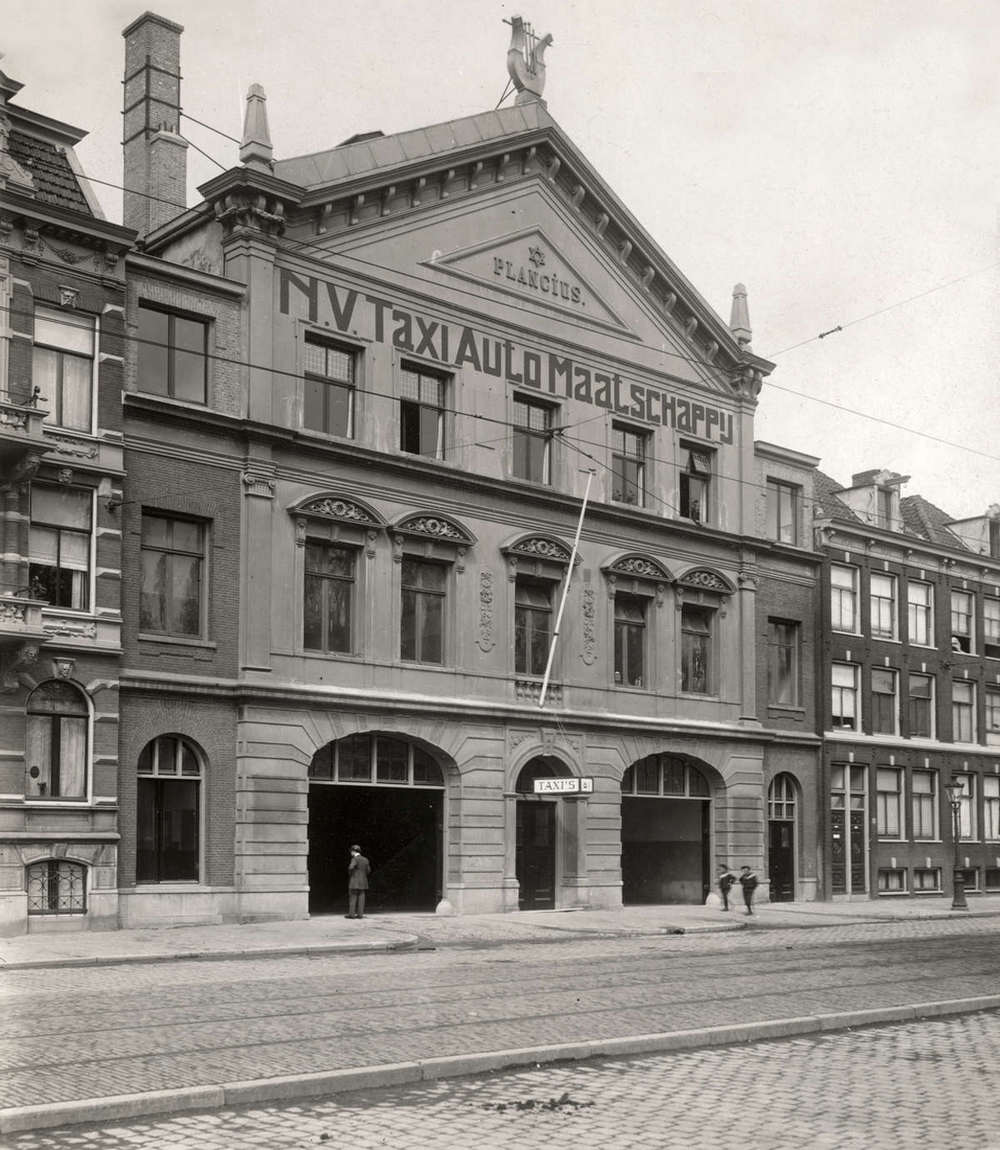
Plancius in 1915, shortly after its conversion by Jacques Pimentel Cultural site again
In 1970, the ARM left the building, together with the lingerie factory that had been co-user of Plancius from 1955. For the Amsterdam Traffic Police's Accident Service, the worn-out premises still proved useful, including as a storage facility for cars taken off the road after accidents. Remarkably, Plancius became a cultural venue again in the 1990s, with the presence of alternative mime and dance companies on the upper floor.
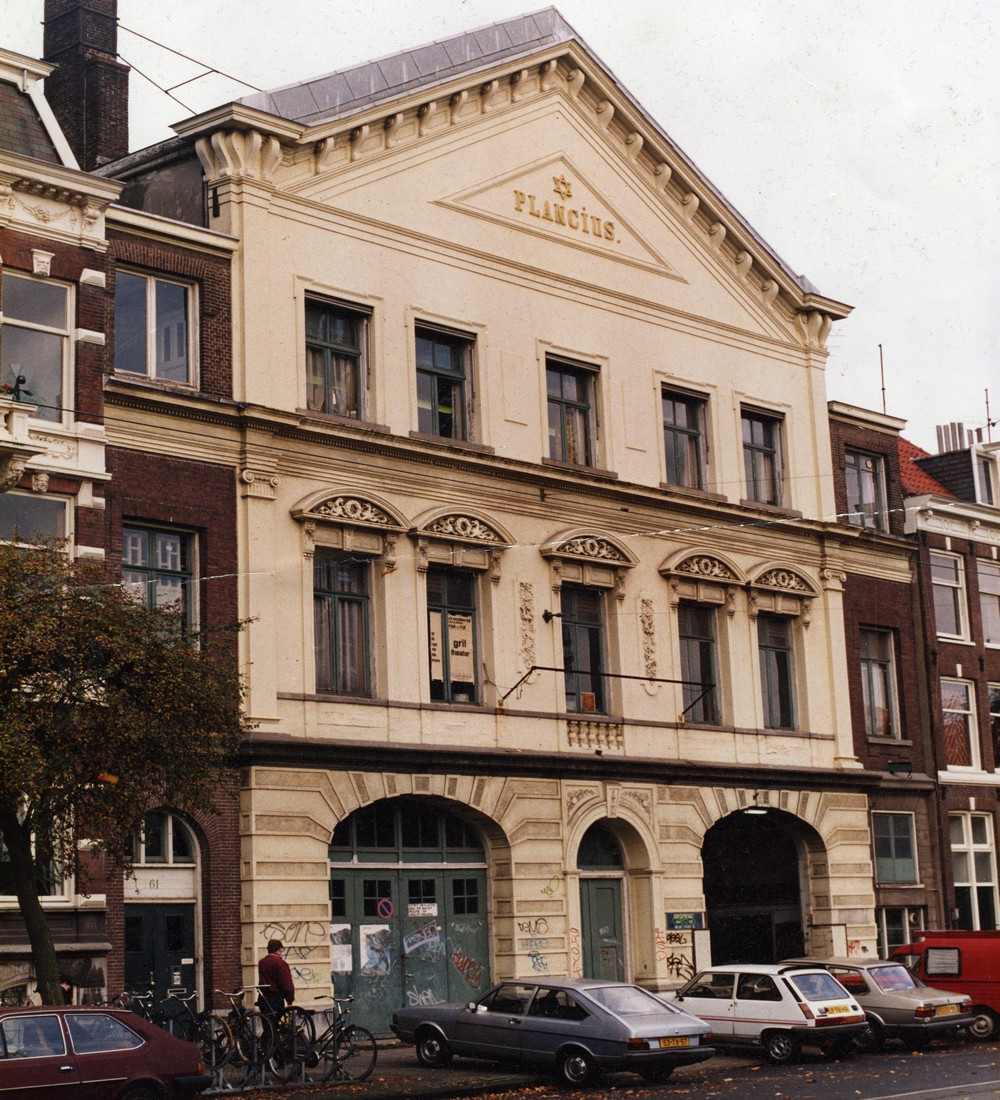
The somewhat dilapidated Plancius building in the 1990s Resistance Museum Amsterdam
In 1998, the Resistance Museum relocated to Gebouw Plancius, which thus began its third life. The renovated museum opened to the public on 1 May 1999.